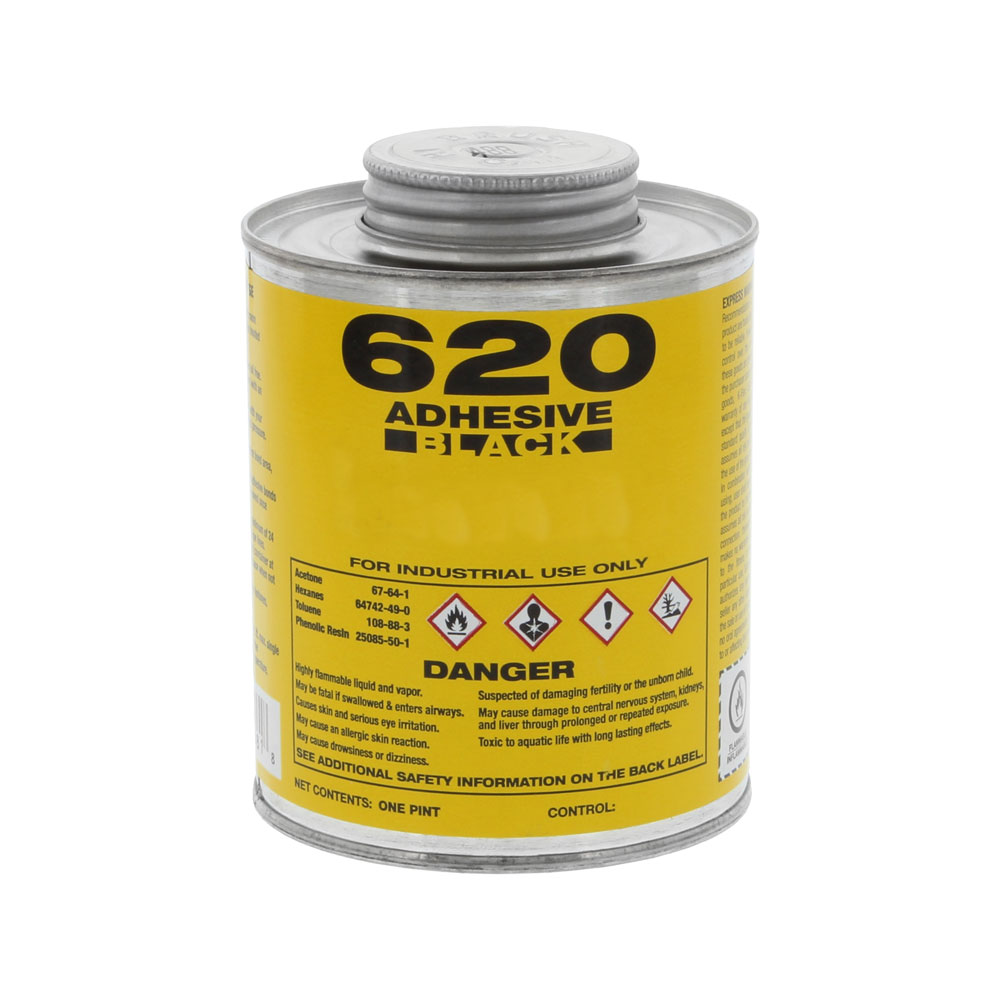OP
Submarine_MiG
Registered
I've been using my DUI Coronado drysuit for almost a year now, with around 20 dives recorded. I'm considering adding thigh pockets to both thighs myself. The cost of having this done by DUI is significantly higher, at $320 plus shipping for two cargo pockets, compared to doing it myself, which would cost at most $200 for the glue and pockets. The DIY method seems feasible and non-invasive, as it involves just gluing the pockets directly onto the suit without puncturing it.
However, my main concern is about the warranty. Here’s what DUI's warranty policy states:
My hesitation is due to the potential difficulty in distinguishing whether any future issues are due to manufacturer defects or general wear and tear, even without any modifications. This makes me question whether the risk of potentially voiding the warranty by adding the pockets myself is worth the significant cost savings.
Has anyone here added pockets to their drysuit on their own? I'm eager to hear your thoughts on the trade-off between potentially voiding the warranty and saving costs through a DIY approach. Any personal experiences or insights would be incredibly helpful!
Thanks in advance!
However, my main concern is about the warranty. Here’s what DUI's warranty policy states:
DUI warrants that your Standard drysuits: Coronado II, Yukon II, Cortez, and CD300-Sport (except for the neck seal, wrist seals, zipper and valves) will each be free from defects in materials and workmanship for a period of (3) years from the date of your original retail purchase of the drysuit, with proof of purchase.
DUI warrants that the zipper, the exhaust valves, the inlet valve and crotch strap for your purchased drysuit will be free from defects in materials and workmanship for a period of one (1) year from the date of your original retail purchase of the drysuit, with proof of purchase.
This warranty does not cover wear and tear from normal use.
This warranty does not cover fading or any other damage resulting from misuse, willful damage, abuse, negligence, neglect, alteration, failure to perform maintenance as instructed, damage caused by contaminants, or unauthorized repair or service of or relating to your purchased drysuit and/or dry suit accessories.
My hesitation is due to the potential difficulty in distinguishing whether any future issues are due to manufacturer defects or general wear and tear, even without any modifications. This makes me question whether the risk of potentially voiding the warranty by adding the pockets myself is worth the significant cost savings.
Has anyone here added pockets to their drysuit on their own? I'm eager to hear your thoughts on the trade-off between potentially voiding the warranty and saving costs through a DIY approach. Any personal experiences or insights would be incredibly helpful!
Thanks in advance!




